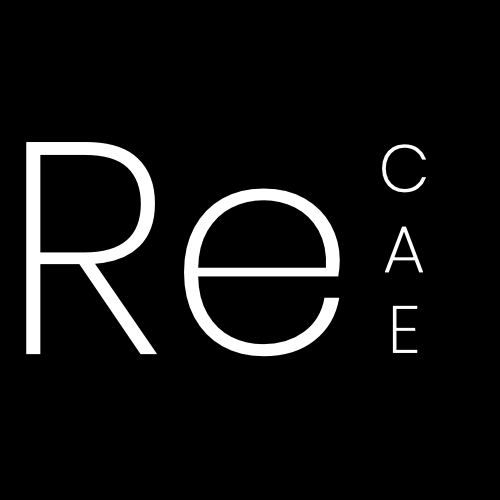OUR SERVICES
Reentry blaze bright,
Most space debris burn up during re-entry and are completely destroyed by ablation.
Refractory pieces may however not burn up completely and may make it to the ground. The debris re-entry analysis by Re CAE gives a prediction of the trajectory and final state of the debris when re-entering Earth’s atmosphere.
Design for demise in sight,
Design for demise involves planning for controlled de-orbiting of spacecrafts and satellites at the end of their operational life, rather than leaving them in orbit to become space debris.
The orbital propagation tool by Re CAE determines the ground track of a satellites and predicts potential collision with other objects in space, being the key to safe and sustainable space mission and operations.
No debris takes flight.
Space Debris mitigation
-
The accumulation of man-made objects in space became significant over the time.
In the context of space debris mitigation, the end-of-life disposal of spacecrafts is an important aspect. Different end-of-life disposal methods include:
Re-entry and demise: For satellites and orbital stages in the LEO region, it is recommended to reenter Earth’s atmosphere within 25 years of mission completion.
Graveyard orbit: For satellites and orbital stages near the GEO ring are re-orbited to a ‘graveyard orbit’ to avoid interference with operational GEO satellites.
-
With the aim of studying the demisability of atmospheric reentering objects, Re CAE is bringing to the table a cloud-based menu-driven application for spacecraft lifecycle assessment and end-of-life post-mission disposal.
This Software as a Service (SaaS) offers a unique solution for sustainable space missions. The platform provides a comprehensive, cloud-based assessment of spacecraft lifecycle, such as orbital propagation and collision risk assessment, and post-mission disposal analysis for end-of-life, including re-entry prediction, ground impact risk and uncertainty quantification.
This platform offers a holistic view that covers design, manufacturing, launch, operation and disposal, enabling users to optimize mission objectives while minimizing the impact on space.
SPACE SITUATIONAL AWARENESS
-
Space Situational Awareness (SSA) refers to the comprehensive knowledge and understanding of the space environment, including the positions, trajectories, and characteristics of objects in space, such as satellites, debris, and other space assets. It involves the collection, analysis, and dissemination of information about space objects to ensure the safety, security, and sustainability of space activities.
In general, SSA covers 3 areas:
Space Surveillance and Tracking (SST),
Near Earth Objects (NEO) monitoring,
Space weather monitoring and forecast.
In the context of Re CAE, we will be focusing on the first 2 areas - SST and NEO monitoring.
-
Space Surveillance involves the use of ground-based and space-based sensors to detect and track objects in space, including active satellites, inactive satellites, debris, and rocket stages. Surveillance data is collected and analyzed to determine the orbits and trajectories of these objects. One of the key elements involve maintaining a catalog of space objects, including their orbital parameters and characteristics. Such operation requires:
Observation ressources: Telescopes, radars or laser-ranging stations.
Core software: Collission risk, fragmentation and re-entry prediction.
-
Re CAE established a collaborative partnership with Observatoire Francois-Xavier Bagnoud with the goal to bring together our expertise in advanced algorithms and data analysis with the observatory's exceptional observational capabilities.
STEM
-
Science, Technology, Engineering and Mathematics outreach, epitomizes an interdisciplinary strategy for learning and problem-solving. In the face of advancing technology, STEM fields become pivotal, fostering proficiency in these critical domains.
At Re CAE, we ardently advocate for the significance of education, championing the cultivation of essential critical-thinking and problem-solving skills within this ever-evolving industry. Our commitment to STEM is rooted in the belief that education propels innovation and empowers individuals to navigate the complexities of our rapidly advancing world. -
Re CAE’s software solution provide simulations and experiments to enforce interactive and remote learning, demonstrating real-world applications of STEM concepts.
Learn more about how our software and expertise can benefit your organization, please contact us by email at contact@re-cae.com or fill up the contact form.



